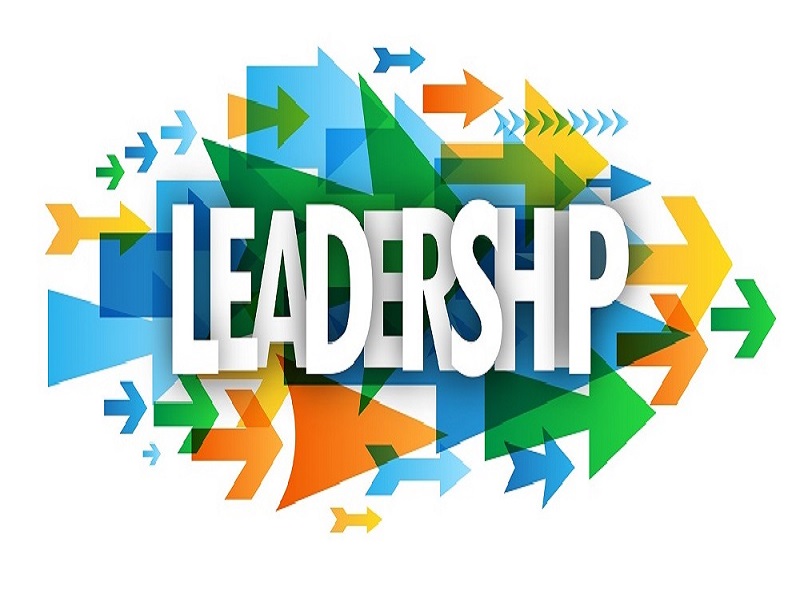INTRODUCTION
Trade union leadership all over the world deals with balancing the expectations of its membership, social partners and its stakeholders. The leadership of all the parties and the major players in the Industrial relations sphere determines the nature and dynamics of the relations within their operational environment. Their actions or inactions leads to harmonious or turbulent relations in the workplace. Trade Unions and its leadership play key roles in ensuring that organizational performance is continually improving thus enhancing the effectiveness of the organizations concerned. With the right kind of leadership, trade unions become critical agents to organizational effectiveness and success. This is a function of the fact that trade unions are in control of the workforce which is critical to organizational performance. If the workforce is therefore led creatively with a high-performance attitude, the organization becomes more effective with increasing productivity that guarantees continuous organizational success.
The labour movement in the world is constricting and on retreat and much more so in Nigeria; a country with backward institutions and archaic legal frameworks to address the challenges facing the operations of people- based organizations such as the trade unions. Increasing and accelerated pressures have been brought to bear on the movement from diverse forces most of which are orchestrated and some of which are incidental to the natural dynamics of social forces. These intervening forces have created monumental changes in the operational environment of the labour movement generating new structures with corresponding influences in the process. However, it is the response of the movement through its major actors to these pressures that determines the way forward for the trade unions. These core actors remain the leadership at different levels and we can then confidently say that it is the capacity and capability of the leadership to respond sufficiently and appropriately to these forces that indeed determines what the dynamics and state of the movement both in the near future and in the long-run will be.
New challenges and structures both in the Economic space, political space, cultural space, and ideological space and within the international arena have all combined to hold the movement in a grip that is gradually but steadily if nothing is done urgently asphyxiating life out of the labour movement as it is presently known. However, it is important to immediately note that the eventual outcome of these challenges is greatly a function of the response of the various leadership of the labour movement both at the level of philosophy and at the level of practice within the various levels of the trade unions. The character and stature of leadership within the movement therefore is at the heart of the quest for sustainability within it. It is this that queries and interrogates all countervailing forces intruding into the operational environment of the movement and its strength to a very large extent gives direction to eventual outcomes no matter the path these forces chose.
Our focus therefore in this course is to examine some of these challenges especially that of emerging or current structures within the context of the nature and character of the overarching leadership behavior in the movement. This will clearly assist us in boldly making pronouncements as to the direction of the movement in the near and distant future.
Course Objective
At the end of the course, participants will be able to;
- Recognize the roles and responsibilities of trade union leadership
- Create harmonious relationship under unstable macroeconomic condition
- Create an understanding of the need for trade union leaders to evolve strategies that will assist them strike a balance in the workplace
- Deepen the understanding of trade union leaders on the forces that shape their actions globally
- Inculcate in the participants a better understanding of their respective roles in repositioning their organization
- Create strategic thinking amongst trade union leadership
- Map out effective strategies for re-organizing their approach to Industrial relations in their respective workplaces
- Equip the leadership with certain practical skills for successful leadership
- Impart in them the urgency for a strategic planning
- Inculcate leadership responsibility towards workplace harmony amongst the trade union leadership
- Equip trade union leaders with advanced tools for making positive impact within their organizations
Course Outline
Module 1: The concept and Principles of strategic Leadership
- Leadership responsibility and trade union sustainability
- Leadership responsibility for Industrial peace
- The Role of Trade Union Leadership in a volatile global economic environment
- Current challenges of trade unions and solutions
Module 2: The New Workplace: Key Organizational Behaviour Transitions and Expectations
- Measurement of High Performance in Trade Union Leadership
- Organizational stability and trade union objectives
- Key factors against industrial harmony- Overview of Organized Labour Relations
- The Social and Political Economy Context of Labour Relations Development
- Trade Union Participation in Economic Development
Module 3: Trade Unions in Developing countries
- Collective Bargaining and Negotiation Principles as Alternatives to Strikes and Lock-outs
- Trade Unions and national Economic Reconstruction
- Conflict Management and Resolutions
- Team Building and Management – Industrial Relations Actors
- Collective Bargaining and Social Dialogue Mechanisms
Module 4: Wage Negotiations
- Organizing Challenges for Trade Unions
- The role of Industrial Relations in Community Building
- Developing Good Industrial Relations Practices
- Deepening Social Dialogue in Challenging Times
- Industrial Relations: Its Legal Framework
- Promoting trade union values and policies
Target audience:
- Trade Union Leadership
- Human resource Managers
- Employee Relations Managers
- Union Members in both Public and Private Sectors.
Venue: Ghana
Date: Open






